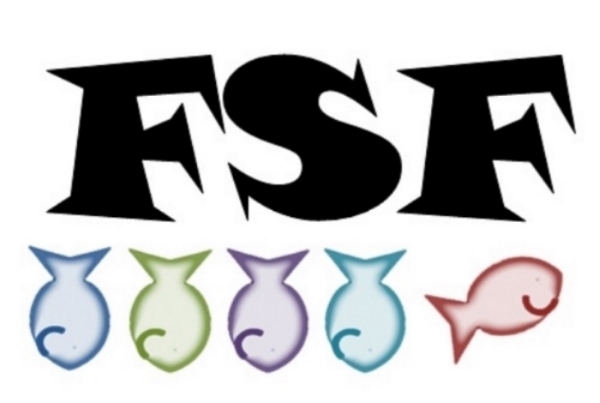I was done with this blog when my computer froze and I lost the whole thing! So this will be short because I am not sitting through this movie a second time.
Lilly is a promising writer (won an award and everything) who runs a Jane Austen Society in Boston (Boston by way of Canada- did not see a single Dunkin). Her love of Austen’s work is on a ridiculous level, I state as I sip tea from a Pride and Prejudice mug, and she keep referring to the author as “Jane”. I beg your pardon, you and Miss Austen have never been properly introduced! Lilly is feeling down for number of small reasons. First, the pub where they hold the society, the Tell-Tale Heart (ha!) is being sold. Second, her favorite bookstore has been bought by a basic Hallmark love interest named Trevor who she instantly dislikes. Trevor is also who Lilly is tasked with creating an advertising campaign for at her job (he has an app - it’s explained in the movie, but not really). And her boyfriend proposes to her in a way that can be summed up as “you’re life sucks, might as well marry me”. Therefore Lilly does what Hallmark thinks women obsessed with Jane Austen would do, gets drunk on wine and face plants into one of the famed novels while calling out to the authoress for help. And what do you know? Jane Austen appears.
First of all, Lilly isn’t all that likable of a character. She’s not unlikable either. She just meh. Trevor is pretty much the same. They are shrug of the shoulders, do in a pinch, “pretty sure this is how human interact” according to a Hallmark dart board of character design. Lilly is supposed to be into old fashioned things, but her clothes make her look more like a WASP - want-to-be. Her Austen group is over the top and more into the romance of the novels than the social commentary. Come on! I love how much shade Austen throws upon her peers. Regency era snark is so subtle. Also, her best friend comments that’s she so surprised at how well Pride and Prejudice mirrors her own Punjabi upbringing. Bitch, there was a whole movie about that (which by the way also included social commentary about modern views of India).
Of course, there’s a dollar store version of Mr. Darcy and Lizzie Bennett romance between Lilly and Trevor. Oh, should I have said spoiler alert? Like you didn’t see that coming! Let’s get to the real thing I wanted to blog about! Jane Austen’s ghost.
For the most part, the character of Austen wasn’t awful. She was logical, to the point, proper, and defensive of her own work. A good joke was her seeing wet shirt Mr. Darcy on TV and declaring that she needs to meet the actor. However, there were several things she said which reminded me that it was clearly a Canadian actress pretending to be a two-hundred and something year old regency woman. And the writer of this did weird Austen research. First, Austen keeps talking about “her sister” and I kept expecting a heart warming monologue about how Cassandra always supported her. But nope. Instead, we get a joke about her Emma dedication to the prince regent which is a nice piece of trivia, but hardly something that gives us insight into Austen as a woman.
At least a majority of the movie ended up being about writing. Maybe not a majority, but most of the second half of the film. Austen says Lilly should not “sacrifice” her writing for her job and keeps pulling Lilly’s manuscript out of the trash. I am a tad triggered by this “sacrifice” comment. Food and electricity do need to come before art sometimes. Eventually, the main character sends her work to a publisher (not through an agency, just straight to the publisher) and gets an affirmative answer THAT SAME WEEK! Never mind the Austen ghost! That’s the biggest piece of fantasy I’ve ever seen!




